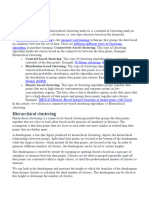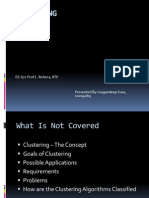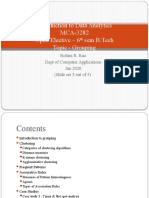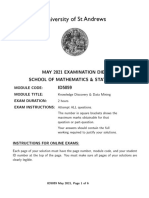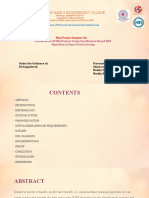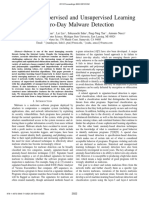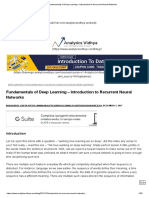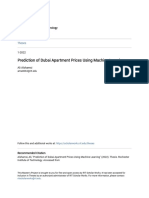0% found this document useful (0 votes)
85 views49 pagesClustering Part-2
The document describes the k-means clustering algorithm. It discusses hierarchical clustering and how it works in an iterative, bottom-up fashion by merging clusters. It provides examples of hierarchical clustering methods including agglomerative and divisive approaches.
Uploaded by
SANJIDA AKTERCopyright
© © All Rights Reserved
We take content rights seriously. If you suspect this is your content, claim it here.
Available Formats
Download as PPTX, PDF, TXT or read online on Scribd
0% found this document useful (0 votes)
85 views49 pagesClustering Part-2
The document describes the k-means clustering algorithm. It discusses hierarchical clustering and how it works in an iterative, bottom-up fashion by merging clusters. It provides examples of hierarchical clustering methods including agglomerative and divisive approaches.
Uploaded by
SANJIDA AKTERCopyright
© © All Rights Reserved
We take content rights seriously. If you suspect this is your content, claim it here.
Available Formats
Download as PPTX, PDF, TXT or read online on Scribd
/ 49
















